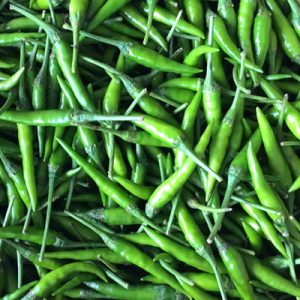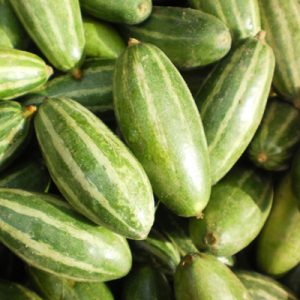Introduction:
Cauliflower is one of the most important winter vegetables of India. India produces 4.694 M mt of Cauliflower per year from 0.256 M ha area with an average productivity of about 18.3 mt/ha. In West Bengal, the area under cauliflower is 57,000 ha with total production of 1.670 M mt and average productivity of 29.3 mt/ha.
The major cauliflower producing states are Bihar, Uttar Pradesh, Orissa, West Bengal, Assam, Haryana and Maharashtra. Advance technology for cauliflowers cultivation is use of Hybrid seeds and drip irrigation. In the plains, it is available from September to May. It is consumed as a vegetable in curries, soups and pickles.
Conventional practices
The conventional method of cultivation is practised with locally available varieties and surface flood method of irrigation without proper fertilizers and plant protection measures.
Description
Crop varieties
The cauliflower (Brassica oleracea L. var. botrytis) plant belongs to the family Cruciferae. Its varieties are very responsive to temperature and photoperiod. It is therefore, very important to sow the appropriate variety at right time. Early varieties if sown late produce “button†head and late varieties if sown early will go on giving leafy growth and will produce curds very late. Pusa Katki and Pusa Deepali are early varieties whereas Pusa Subhra, Pant Subhra are cultivated as mid-season varieties. The late varieties are Dania, Pusa Snow-ball and Indam 19.





